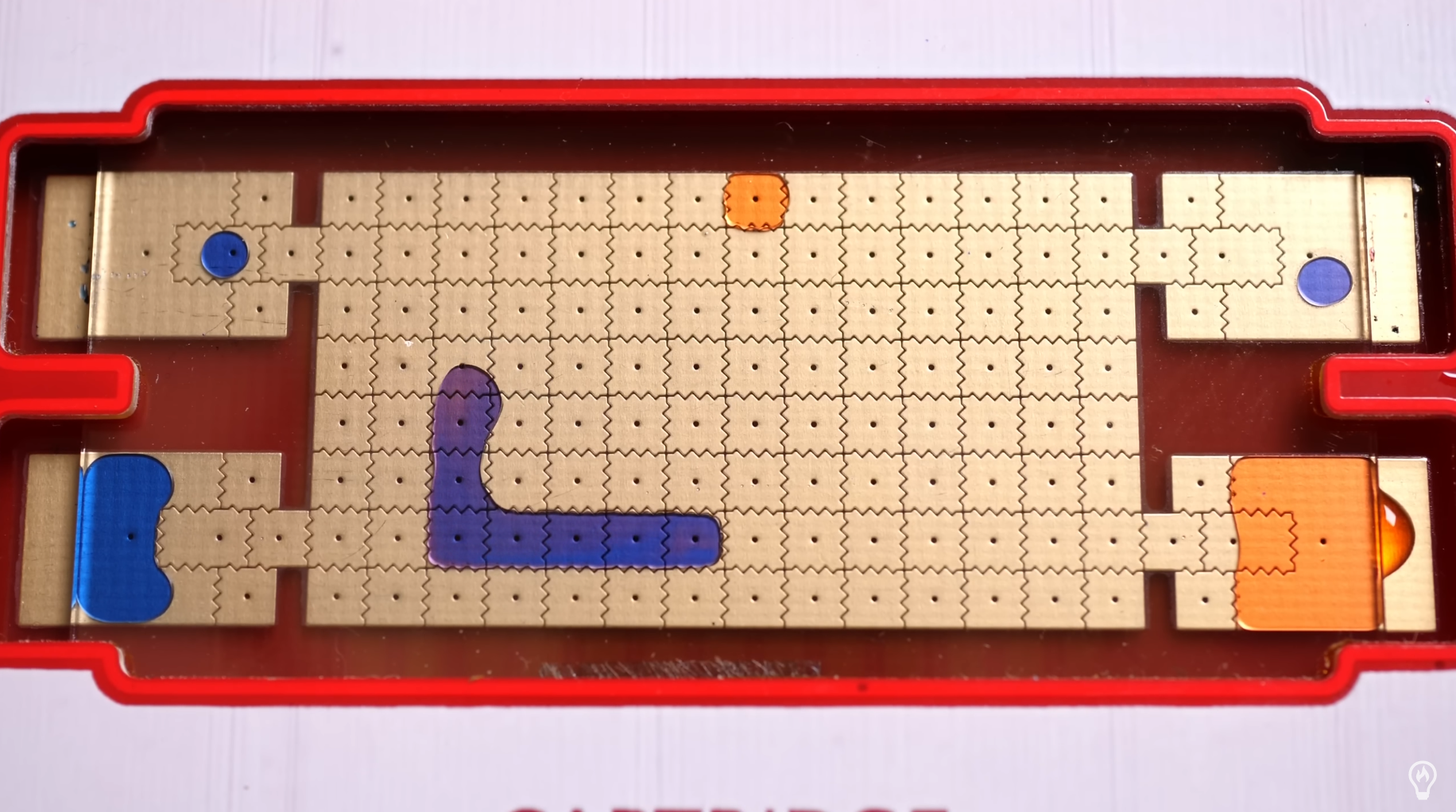A new application for digital microfluidics has emerged as Steve Mould transforms an innovative platform into a retro gaming console. The device, known as OpenDrop, is an open-source digital microfluidics platform designed for biological research. It utilizes a grid of electrodes coated in a dielectric layer, allowing water droplets to be manipulated across the grid by applying specific voltages.
Originally developed to automate laboratory experiments, the OpenDrop has found a novel purpose that merges technology and entertainment. Mould, based in the United Kingdom, received his device, valued at €1,000, from Switzerland and quickly repurposed it to play classic video games such as Pac-Man, Frogger, and Snake.
Repurposing Technology for Gaming
The OpenDrop’s unique design allows it to control the movement of water droplets, making it possible to create simple games on a grid measuring 8×14 pixels. Mould collaborated with the device’s inventor to develop simplified versions of these popular games that fit within the constraints of the microfluidics platform. For instance, while Pac-Man posed challenges due to its character growth mechanics, the classic Snake game proved easier to implement as it adheres to the principles of classical mechanics.
Mould is not just showcasing his creation; he has extended an invitation to the coding community. He challenges developers to create additional games for the OpenDrop, promising to run them on his platform. To incentivize participation, Mould has announced a prize for the first successful implementation of Tetris, a game that has previously been adapted for other technologies, such as oscilloscopes and 3D LED matrices.
The Future of Digital Microfluidics
The intersection of technology and gaming opens exciting possibilities for the future of digital microfluidics. As developers explore this innovative medium, it may lead to new applications that extend beyond both biological research and entertainment. Mould’s journey not only highlights the versatility of the OpenDrop but also encourages creativity within the tech community.
As interest grows, the potential for engaging projects utilizing digital microfluidics will likely expand. Mould’s playful challenge, coupled with the intriguing capabilities of the OpenDrop, could inspire a new wave of technological exploration in both research and creative gaming. Those interested in participating can find Mould’s source code linked in the video description, paving the way for inventive contributions to this fascinating blend of science and play.
